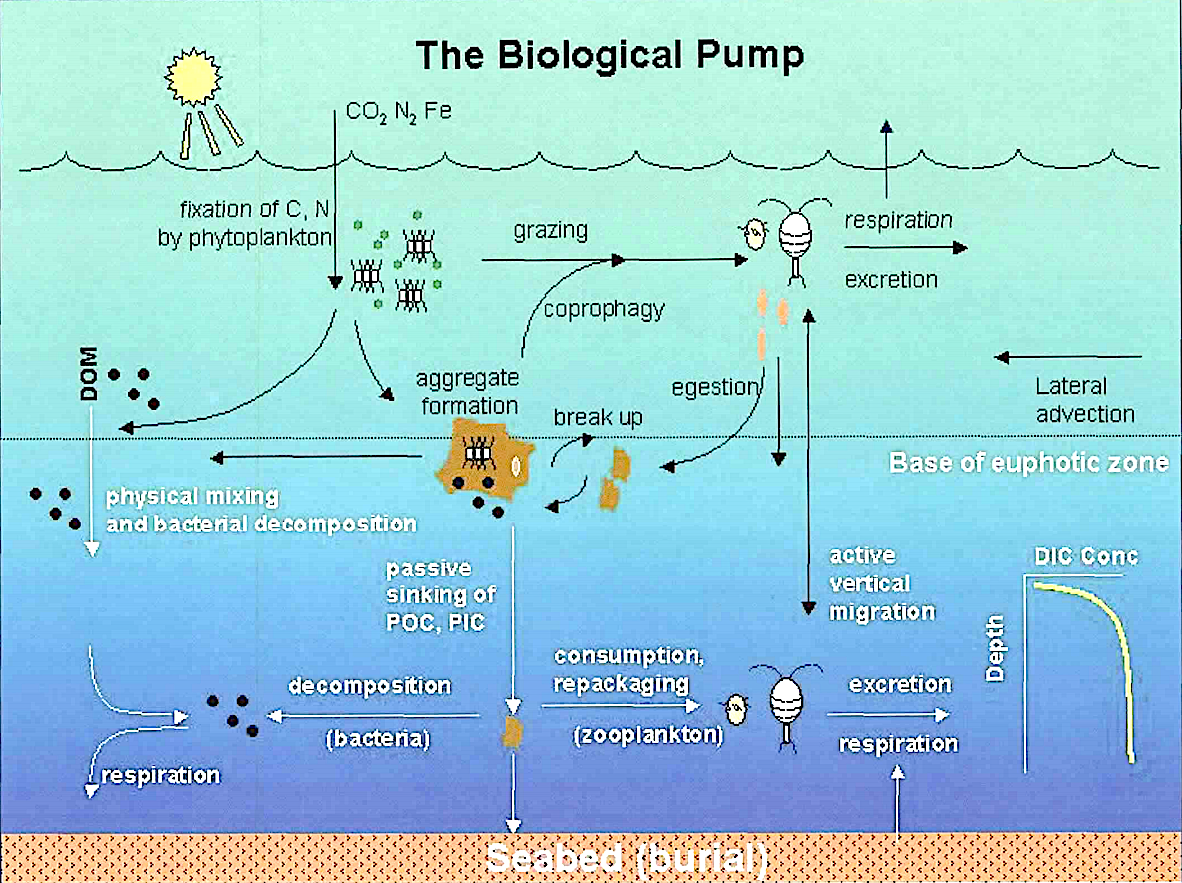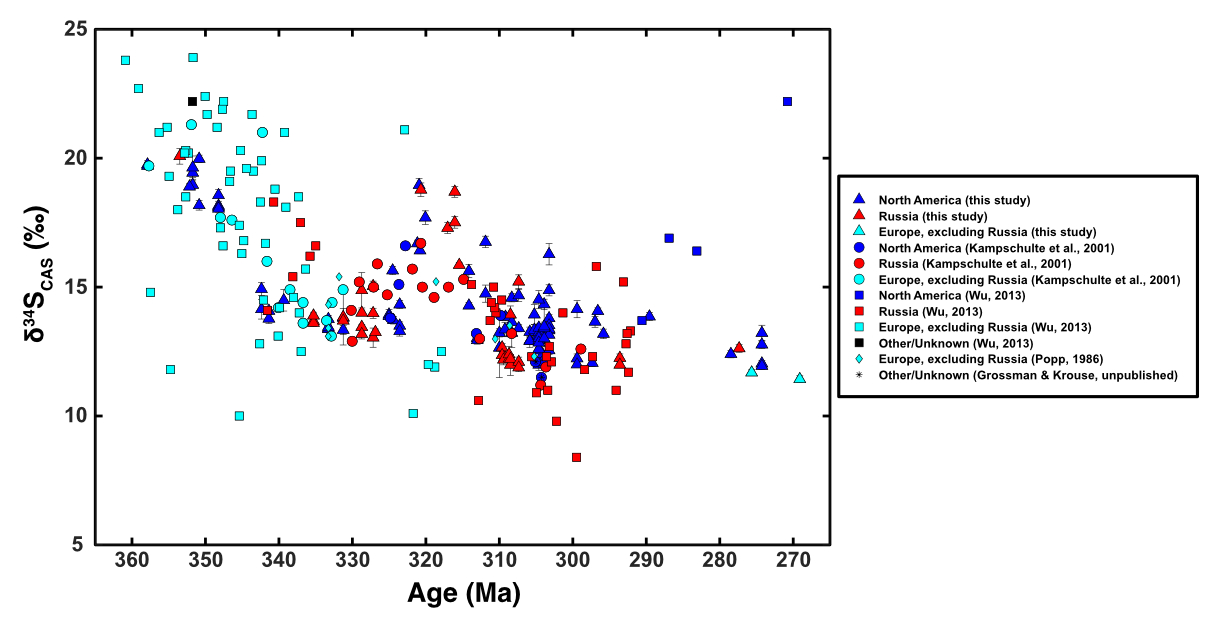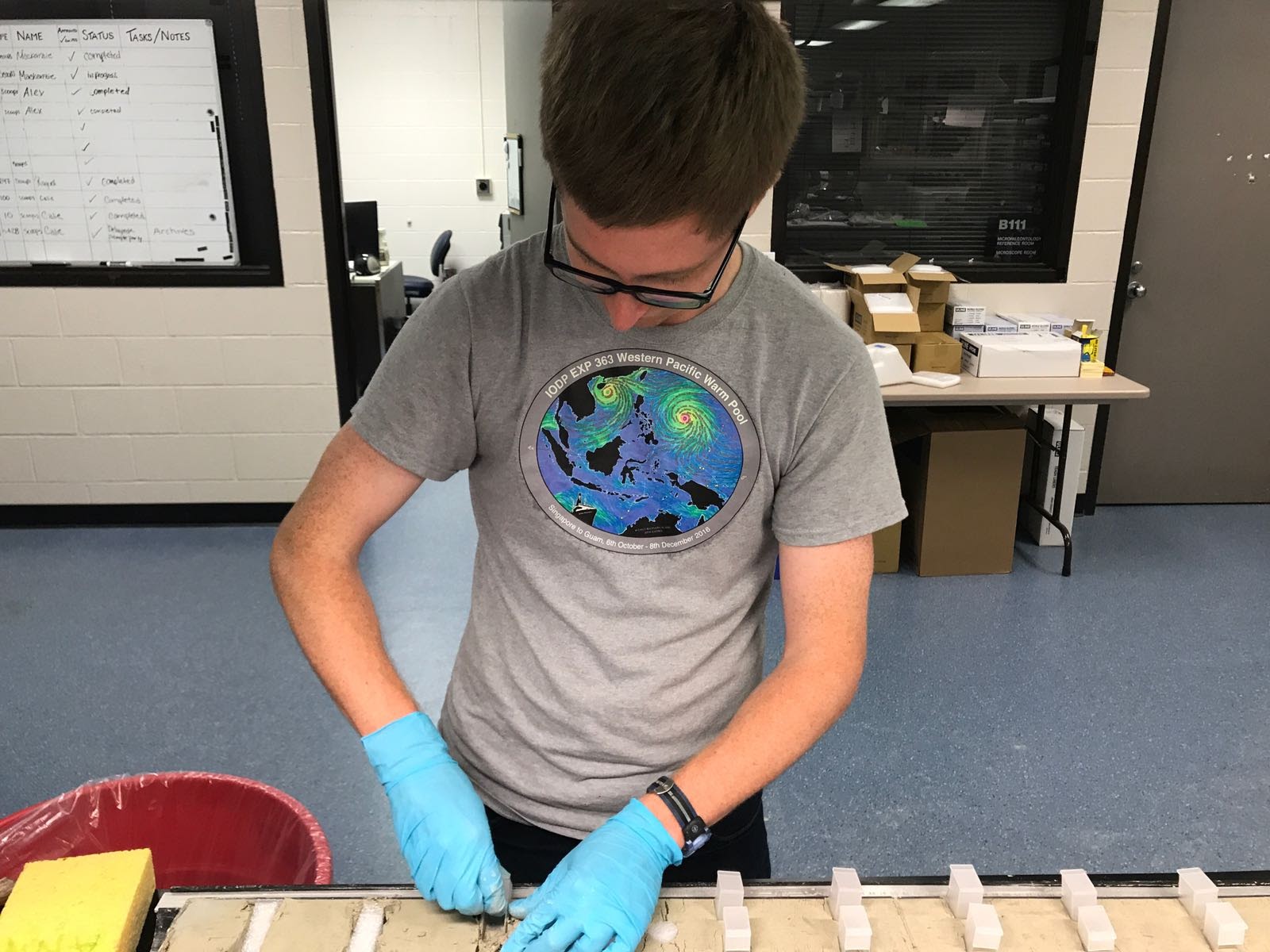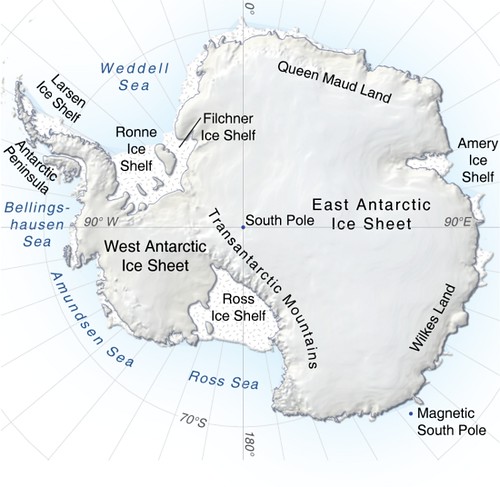Deep Ocean Pyrite Burial in the Modern Marine Sulfur Cycle
The sulfur cycle exerts a key control on the concentration of oxygen in Earth's atmosphere. However, several aspects of the modern sulfur cycle remain poorly constrained. Part of my thesis is focused on better understanding the cycling of sulfur in oxygenated deep ocean settings. These regions - in particular, the continental slope and rise - have been understudied relative to the sites on the continental shelf, but are estimated to encompass around half of the globe's net sulfate reduction. Using pore waters and sediments collected from deep ocean regions on International Ocean Discovery Program (IODP) Expeditions 361 & 363, I have been measuring the concentration and sulfur isotopic composition of various sulfur-bearing phases to determine the characteristics associated with sulfur cycling at these sites with the aid of diagenetic models. My results will have important implications for the sulfur isotopic composition of sulfide minerals buried globally, a crucial parameter in box model reconstructions of the ancient sulfur cycle.
Oxidative mixing and reworking of sediments by storms has the potential to effect the sulfur isotopic composition of sulfide buried in shallow marine sediments, but has also been understudied. For my undergraduate thesis, I examined the effects of oxidative reworking on the isotopic composition of sulfate and sulfide in carbonate-rich sediments using a series of sediment columns constructed with mud collected off the coast of Florida. My results suggested that burn-down of labile organic matter and a corresponding decline in sulfate reduction rate is associated with a larger isotopic difference between sulfate and sulfide. This relationship had previously been observed in laboratory cultures of sulfate-reducing microbes, but had not been demonstrated in the lab with natural sediments containing diverse microbial populations. The results of this project were presented at the 2014 AGU Fall Meeting.






